Silver Coins vs Silver Bars – Which Is The Best Investment?
01/12/2023Daniel Fisher
Free & fully insured UK Delivery. Learn more
Secure & flexible payments. Learn more

Buyback Guarantee Learn more
When it comes to investing in physical silver, two of the most popular options are silver coins and silver bars. But what exactly are the key differences between the two? And, most importantly, are silver coins or bars the best to buy? In short, while both offer potential benefits, most experts recommend opting for coins over bars for the average investor.
Coins provide more flexibility to investors due to their smaller size. However, bars have an advantage when it comes to larger investment amounts because of their higher per-ounce silver content and potentially lower premiums at scale.
In this guide, we’ll explore key comparisons between the two to help you decide which one suits your investment portfolio better.
Silver coins offer investors excellent liquidity and market demand within the UK. Popular silver bullion coins like the Britannia and the Eagle provide an easy exit strategy, as they can be readily sold back to dealers at competitive buyback prices. However, coins sometimes carry higher premiums over the spot price due to their collectibility and small sizes, which can reduce returns compared to bars. Fractional silver coins allow purchasing smaller amounts suited to novice investors. With strong annual mintage levels and high investor demand, silver coins offer attractive returns and serve portfolio diversification needs.
Silver bars also carry investment value but are more suited to larger investment amounts of £10,000+. If you’re simply focused on obtaining as much silver for your money as possible, then no doubt, buying big will achieve this. The cost of producing large bars is a far smaller percentage of the overall cost due to its scale and simpler design than coins. The lower premiums per ounce on bigger bars enhance returns for major investors. However, smaller bars can carry higher proportional premiums that eat into gains. The spread between buy and sell prices can also be wider on bars, hampering liquidity. Large bars also require bigger upfront capital, so are less suitable for smaller investors. An advantage of bars is the ability to precisely manage silver content and minimise impurities. But coins win in terms of bringing flexibility and diversification.
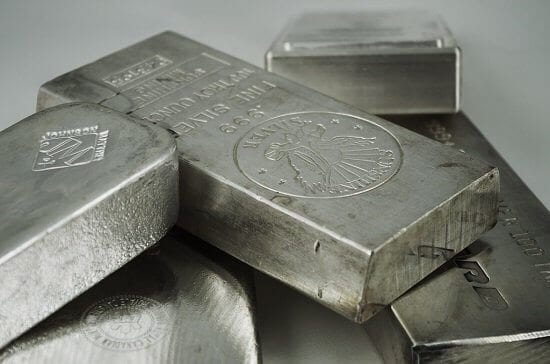
Overall, silver bars can offer lower premiums and price for gram than coins. If price is the main objective, avoid 1oz silver bars and instead focus on 1kg bars or larger. Premiums can be at least 5% lower than even mass-produced silver coins. Just be aware that bars are not CGT-exempt so care is needed to ensure savings made when buying are not lost when selling.
For most UK investors, securely storing silver coin holdings at home or in a safe deposit box is recommended. Most of the popular 1oz silver investment coins can now be bought in monster boxes. These are specially designed storage boxes, tightly packing 500 coins at a time and permitting easy stacking of these boxes. Smaller coin sizes allow discreet in-home storage in a locked safe, home safe, or through concealed storage solutions. Offsite storage in a safe deposit box at a reputable bank provides another secure option. Coins’ small footprint allows storing at home for convenient access or splitting across locations to minimise risk. With lower values per coin, the risk is diversified. Independent verification is also easier on reputable coins.
For sure, silver bars are easier to store and take up less space. They’re larger and their rectangular size allows for simple silver stacking. Larger silver bars require professional storage arrangements like a high-security vault or storing through an insured bullion dealer. This incurs annual holding fees and reduces control. However, for substantial holdings, reputable third-party storage at an insured bullion vault offers robust security. Complex authenticity checks are required when retrieving large bars from storage. Storing high-value bars at home could raise insurance costs and pose a greater risk if stolen. For larger holdings, professional vault storage is recommended for bars over at-home storage.
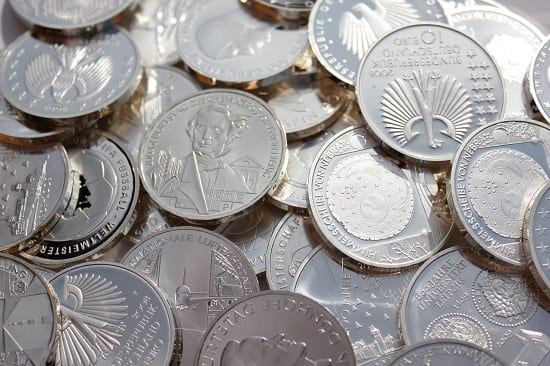
For most retail investors, the practical security and storage advantages of coins make them better suited to cost-effectively storing silver safely. The smaller footprint allows secure at-home or bank safe deposit box storage. Bars’ larger sizes leave them reliant on third-party vault solutions – adding cost and reducing direct control. So, when it comes to storage and security, silver coins are generally the winner.
In the UK, silver coins remain the overwhelmingly popular choice for retail precious metals investors. Top-selling coins like the Britannia and the Maple Leaf have mintage levels in the millions annually. Collectable commemorative coin series also enjoy strong demand. Bullion-grade silver coins offer legal tender status for investors residing in the same country as issue, adding appeal. Investors favour coins for their liquidity, ease of storage, and diverse range of offerings to match investment objectives. The ability to readily sell common date silver coins through dealers adds to their popularity.
Silver bars have a smaller share of the retail investor market versus coins in the UK and globally. Bars in smaller sizes under 10 oz are produced in lower mintages. While larger silver bars offer efficient silver content, their lack of fungibility limits broad appeal. The London silver fix benchmark also revolves around bars. But the focus is more on large-scale wholesale trading rather than retail investors. For the typical retail precious metals investor, coins hold a distinct advantage in popularity and availability.
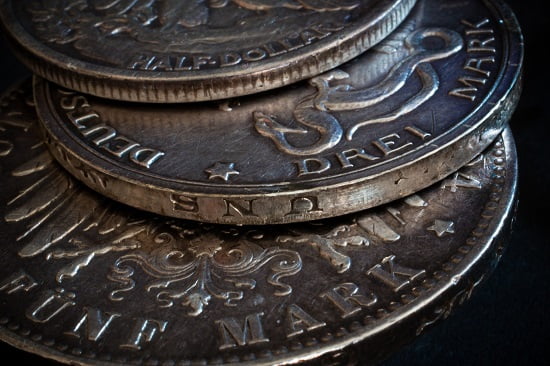
Silver coins dominate the retail bullion market space, enjoying clear popularity due to their legal tender status, collectibility, diverse offerings, liquidity and storage advantages. Silver bars play a more niche role in larger wholesale-scale investments. For the typical retail investor, the clear winner when it comes to popularity and market availability is silver coins.
The way of avoiding incurring any Capital Gains Tax is for UK investors to buy and sell UK legal tender silver coins. Royal Mint coins such as the silver Britannia, Lunar Series or Tudor Beasts range of silver coins are all CGT exempt. The legal tender status provides additional investor protection. Reputable bullion-grade silver coins can be conveniently bought and sold through dealers without legal friction. While you will end up paying VAT when buying these coins, the profits you make when selling them are tax-free. It is important to be aware of these tax implications when investing in silver to make the right choices when building your portfolio.
The Royal Mint do not produce silver bars with a face value at present, so selling bars would be taxable. Now, that may not be an issue if your profits are under the tax threshold of £6,000. But for many looking to benefit from silver’s price potential, it’s perhaps not a risk worth taking. Large-scale bar storage and transfers may require adhering to specific regulations and paperwork for bullion dealing and storage. Some administrative burden and potential institutional friction can exist when buying, selling or moving high-value bars in quantity. For the typical retail investor, coins present fewer potential legal and tax complications.
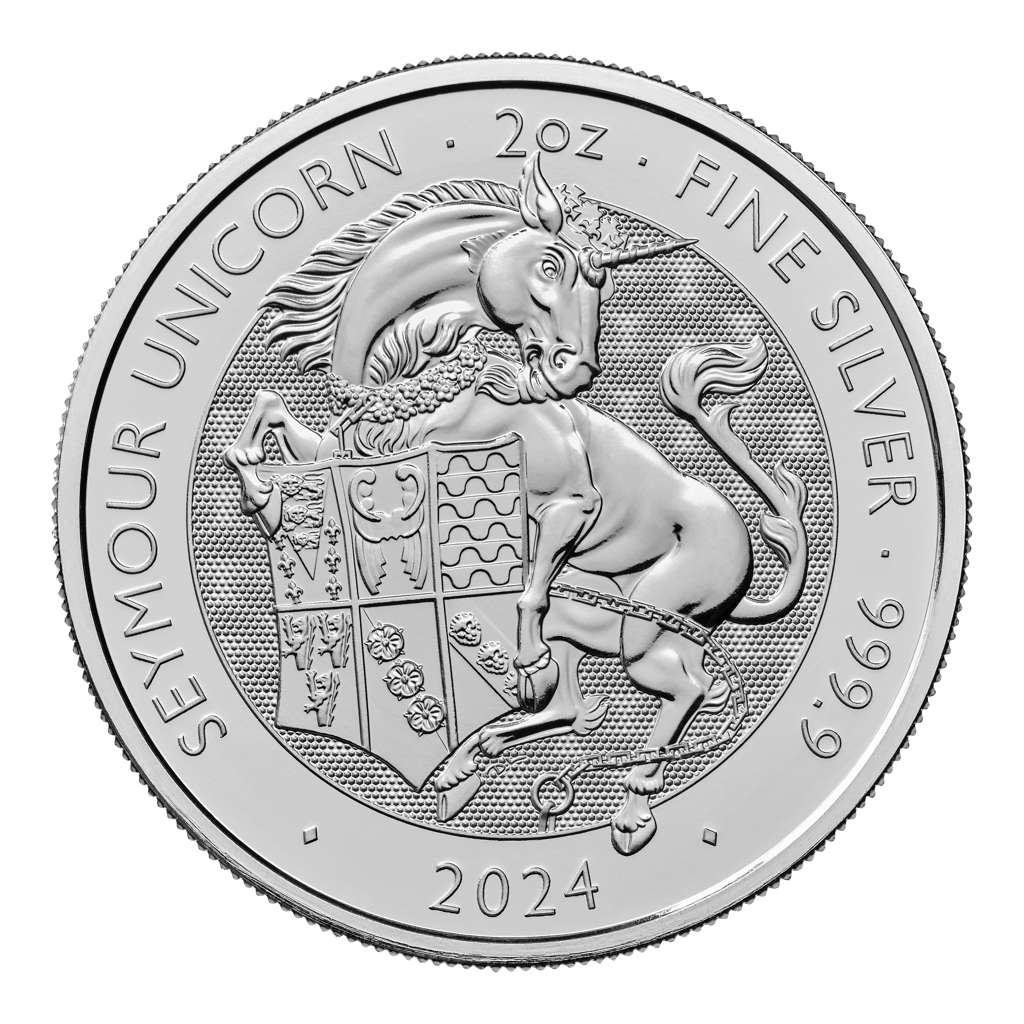
Silver coins take the lead when it comes to legal and tax considerations. Their legal tender status in major bullion coins provides CGT exemption. And reputable coins can be easily bought and sold through established dealers. Large bar purchases involve increased paperwork and compliance considerations that most retail investors can avoid by opting for coins.
Leading government mints like the Royal Mint manufacture silver coins to exacting purity standards, typically .999 fine or higher. This ensures precise silver content and quality. Reputable mints mark silver coins with anti-counterfeiting features like micro-engraving and security edges. Coin authentication is straightforward for investors using basic visual and weight checks. Established coin certification services also provide independent authentication of rare coins. This makes it easy for retail investors to verify purity and authenticity.
Large silver bars from accredited refiners carry stamped markings denoting serial numbers, purity level and refiner brand. Sophisticated testing is required to fully authenticate bars. Methods like ultra-sound, XRF analysis and drilling can verify internal composition and density. Without advanced verification, falsified markings or tungsten counterfeits can deceive basic checks. Retail investors generally lack the expertise to reliably authenticate bars. This makes professional assessments essential – adding cost and friction.
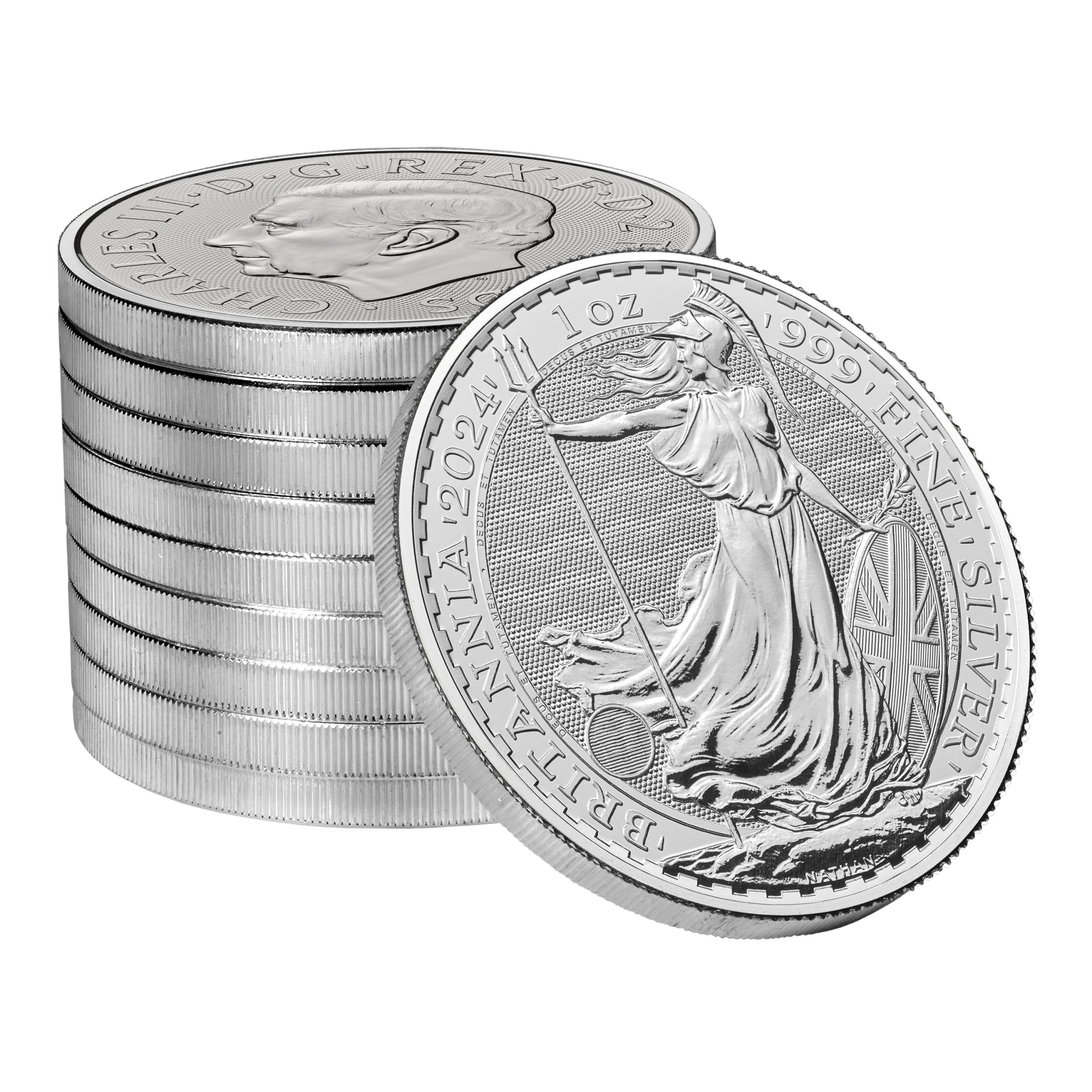
Silver coins offer retail investors a clear advantage when it comes to verifying purity and authenticity. The trustworthy mint branding and anti-counterfeiting features allow straightforward independent verification without needing advanced testing. Silver bars, on the other hand, must overcome greater risks from counterfeiting – making professional authentication a necessity.
Silver coins have the advantage of coming in small divisible units, with 1 oz being the most common. But some fractional silver coins are available in sizes down to 1/10 oz from a small number of mints. This granularity allows investing modest amounts and cost averaging on a budget. Coins provide the convenience of adding or liquidating small increments as needed.
Large silver bars lack divisibility, so 1 oz are often chosen instead. However, this choice ultimately loses any price advantage. To accumulate exposure, bars would need to be purchased in chunks of hundreds of ounces at a time. Selling bars also require liquidating big blocks of ounces. This limits flexibility and requires a large upfront and ongoing investment.

Silver coins are the clear winner when it comes to the divisibility factor. Their availability in small fractional sizes allows building exposure through smaller increments over time. Silver bars do not offer this ability to cost average and flexibly add or sell modest amounts. For retail investors, coins provide vastly superior divisibility.
So, which type of silver investment wins overall? I’d recommend starting your silver investment with silver coins. Sticking to British coins provides good value, divisibility, tax efficiency and the chance to store in monster boxes.
But as you build your silver portfolio, there’s definitely a place for adding silver bars. This can bring the overall purchase cost per gram down by a few per cent and combine well in all areas with the silver coins.
The main reasons why silver coins come out ahead include:
However, there are some cases where silver bars may be preferred:
But for most retail silver investors looking to find the ideal balance of liquidity, security, storage and long-term growth, opting for silver coins over bars is the way to go. Just be sure to diversify across different offerings and mint years to maximise the value of your investment.
You’ve taken the first important step towards diversifying your wealth by reading this guide comparing silver coins versus bars. Now it’s time to put that knowledge into action and begin your precious metals investment journey.
Physical Gold has the silver products, expertise and support to help you start investing in physical silver tailored to your needs. Our consultants can provide personalised advice to help you select the ideal mix of silver coins and bars to match your investment goals. You’ll benefit from transparent pricing, discreet, fully insured delivery and efficient order processing.
To get started, browse our wide selection of silver coins and bars from top global mints like the Royal Mint. Or speak to a member of our expert team at 020 7060 9992, who can walk you through the purchasing process, answer any questions, and provide guidance on selecting the right products for your portfolio.
Empower yourself through education and partner with a reliable bullion dealer like Physical Gold. We make it convenient, cost-effective and secure to invest in physical silver and other precious metals. Contact us today to begin your journey!
Silver proof coins can make an excellent addition to a precious metals collection but perhaps not to an investment portfolio. As collectables with their pristine finishes and scarcity, each coin will cost far more than bullion versions. This gives them potential for appreciation over the long term but is a risky strategy for investors.
Generally, holding silver coins for the long term rather than trading them short-term is recommended. This allows time for the historical upward trajectory of silver’s value to be realised. But market timing still matters – be prepared to hold through any dips, and the long-term investment thesis for silver remains compelling.
While a sound asset, the main downsides are silver’s volatility compared to gold and lack of yield. Storage and security considerations are also a factor depending on the investment scale. For smaller investors, though, physical silver coins offer an accessible and affordable hard asset investment.
There are no set rules here – it depends on your overall net worth, risk tolerance and investment time horizon. As a general guideline, holding 10-20% of your portfolio in physical precious metals, of which 2-5% is in silver, is recommended for diversification. But your ideal allocation can be higher or lower based on individual factors.
For beginners, 1 oz silver bullion coins from government mints like the Royal Mint Britannia, Canadian Maple Leaf, or US Mint Eagle allow getting started with recognisable, liquid products. Start with smaller positions and build up holdings gradually over time.
Image credits:Wikimedia Commons and feiern1
Live Gold Spot Price in Sterling. Gold is one of the densest of all metals. It is a good conductor of heat and electricity. It is also soft and the most malleable and ductile of the elements; an ounce (31.1 grams; gold is weighed in troy ounces) can be beaten out to 187 square feet (about 17 square metres) in extremely thin sheets called gold leaf.
Live Silver Spot Price in Sterling. Silver (Ag), chemical element, a white lustrous metal valued for its decorative beauty and electrical conductivity. Silver is located in Group 11 (Ib) and Period 5 of the periodic table, between copper (Period 4) and gold (Period 6), and its physical and chemical properties are intermediate between those two metals.